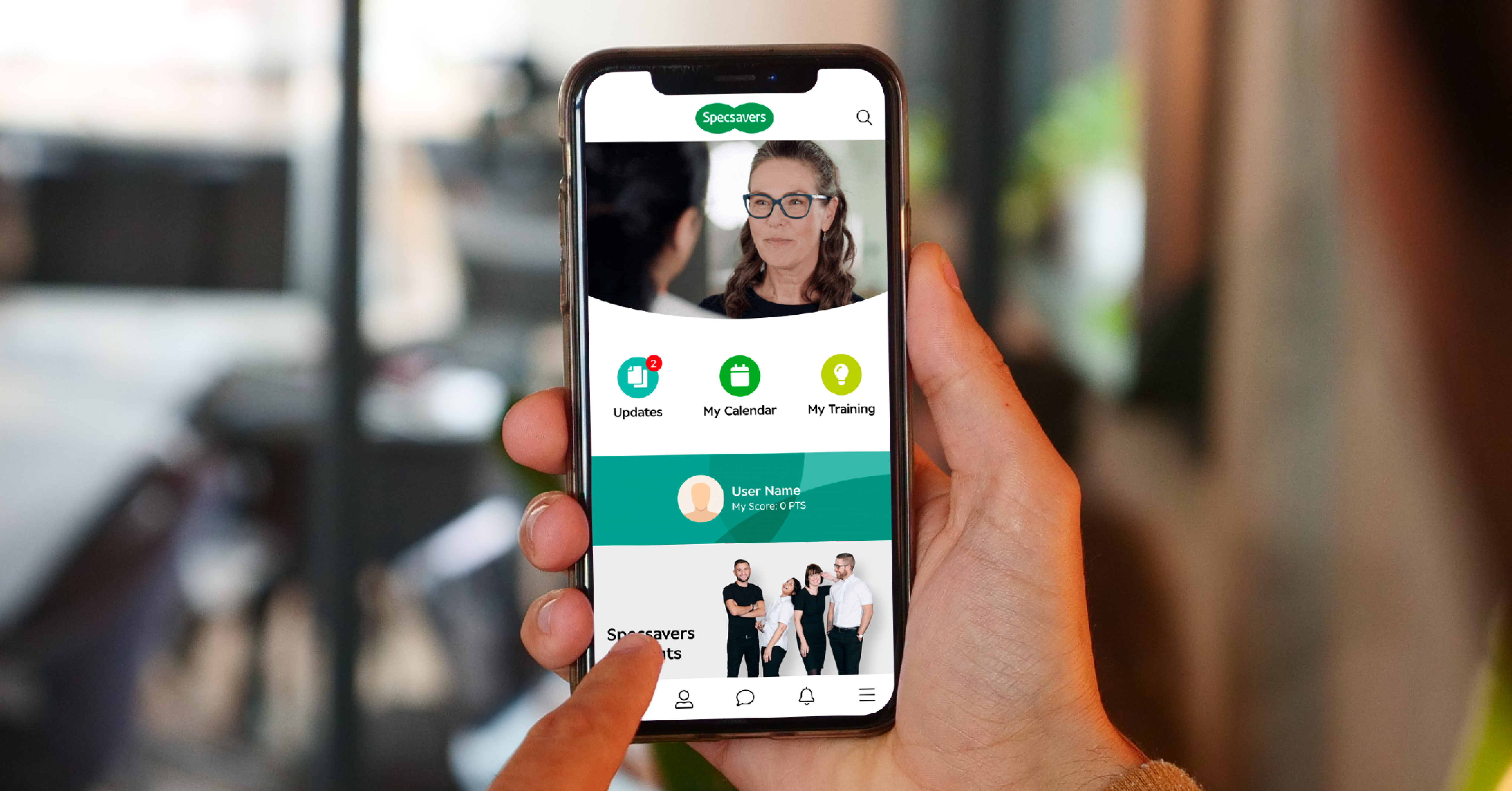Organizational onboarding is an important part of new employee retention. Onboarding focuses on ensuring new hires are successful in the early stages of their employment. It is a strategic approach that ensures new hires are ready for their new role by taking a human resource management approach. This ensures that new hires do not feel like they are simply ticking off a checklist of mundane activities.
Organizational onboarding
Organizational onboarding is the process of integrating new retail employees into the culture of the organization. New hires need assistance with the ins and outs of the daily work environment, as well as learning about policies and benefits. They should also receive training on shift scheduling and company culture. Onboarding retail employees creates productive, successful contributors.
The process of onboarding is not a one-day event. It needs to continue throughout the employee's employment, but it is particularly important in the first 120 days. By following the four Cs of onboarding, retailers can ensure that new retail employees feel welcome and productive. This process can be divided into three distinct phases: social, organizational, and technical. But why is onboarding important?
An effective onboarding program can help improve employee retention and prevent costly turnover. According to the Bureau of Labor Statistics, replacing an employee costs more than 25% of his or her annual salary. In the retail industry, onboarding is an integral part of employee retention. It is important not to cut corners when it comes to the onboarding process.
Organizational onboarding can be split into different stages and can be conducted over several days or even weeks. It includes information specific to each team and role. The goal of the onboarding process is to engage employees in a conversation about the company culture. Employees who feel welcomed and embraced will want to learn more.
Organizational onboarding is important for the long-term success of both the employee and the company. The process should include regular communication and training. New employees should also be given short-term goals to help them feel successful. Short-term goals also help them gain confidence. But employers are responsible for giving new hires the key to success, with tools like an employee handbook, for instance.
Organizational onboarding is the process of integrating new hires into the organization. It includes activities that introduce employees to the company's culture, mission, values, and structure. It should last about 90 days, but can last up to 12 months. It can improve employee retention and productivity by up to 82%.
Brand standards
As a company, you have a responsibility to create a positive onboarding experience for new employees. This starts before they sign a contract or accept an offer. The first few days, weeks, and months are critical in shaping a new employee's opinion of your brand, which is why employee engagement in the early stages is crucial. By creating an onboarding process that is consistent with your brand promise, you can ensure future loyalty and growth.
Employee turnover in retail is a real problem. Most companies are not committed to creating an effective onboarding process, which puts their workforce at risk. Furthermore, many retail workers are seasonal, temporary, or part-time, so the onboarding process must be tailored to meet the needs of these types of employees.
When onboarding new hires, the social aspect is a key element. It helps new hires connect with their colleagues and feel less isolated. This can be done in many ways. For example, new hires can be assigned a mentor or buddy to help them settle in. Without good working relationships, onboarding programs often fail.

Store policies
Store policies and employee onboarding are two critical parts of employee training. Onboarding involves familiarizing new employees with store policies and brand standards. This includes rules on safety, distancing customers, and how to display products. By educating employees on company policies, they'll be more likely to follow them. It's also important to explain why not following a policy will lead to repercussions. Studies show that 50% of knowledge is forgotten within a day, and 90% by a week. Using onboarding to help your employees learn more about your company's policies can improve your retention rates.
Onboarding is an ongoing process, and it's crucial to follow it up regularly. New hourly employees need about three months to become fully productive. In addition, two-fifths of new employees want to be monitored and trained on a regular basis. This is important, since mistakes can lead to higher employee turnover.
Onboarding programs should be documented and accessible to all employees. The document should be referred to during the onboarding process and later when employees are working on the job. Documenting the processes that will be used to handle common customer concerns and sales objections can also be helpful. Lastly, an employee onboarding program should focus on how to engage with customers and ensure that every employee is fully prepared for the job ahead.
Employee onboarding should be an integral part of the recruitment process for any retail business. A lack of employee onboarding can cause high staff turnover, resulting in 230 million days lost in productivity. A successful onboarding is essential for retailers as it helps retain their customers and boosts their bottom line. In fact, 69% of retail employees will stay with a new employer if their onboarding experience is positive, making it important to invest in this critical part of hiring.
A retail onboarding kit should provide a welcoming environment for new employees. This can include a welcome video, a name tag, a company T-shirt, a notepad, and company guidelines. This can help new employees integrate into your business more efficiently.

Customer experience
It's important to understand how your employee onboarding program will affect the customer experience. The goal is to make the new employees understand that they are a critical part of the customer experience. This will help them contribute to a customer-centric culture and be invested in delivering on your brand promise. Here are some key steps to help you make the best possible customer experience for your new employees.
Creating a positive work experience is important to your employees. When your employees are satisfied and engaged, they will be more likely to be loyal and productive. This will ultimately translate into better customer service and loyalty. To improve the employee experience, consider these five strategies: 1) Create an inclusive work environment. If your employees feel welcome, they'll be more likely to engage with your customers.
Improve your employee onboarding process. New employees should feel that they can contribute their best work and will be treated fairly. Employees who are happy and feel valued are more likely to refer friends to your company. It is essential to instill values and company culture during the onboarding process so that new employees understand the company's values and culture.
Invest in training. Make sure your new hires are fully prepared for their new job and industry. Make sure they're educated about their new role and how to best meet customer needs. Also, make sure to provide training on customer service metrics. Those metrics are critical for both your employees and the overall performance of your company.
Involve other employees in your new hire's onboarding process. While the new hire's line manager is the primary point of contact, other employees can make or break their engagement. In many cases, it's the line manager's job to connect the new hire with HR and IT to ensure that the process goes smoothly.
Start a CX program. A CX program can provide you with the tools and resources to improve the onboarding experience of your employees. Employee feedback surveys are a great place to start. Your CX team can help you identify which channels and audience segments to focus on.





